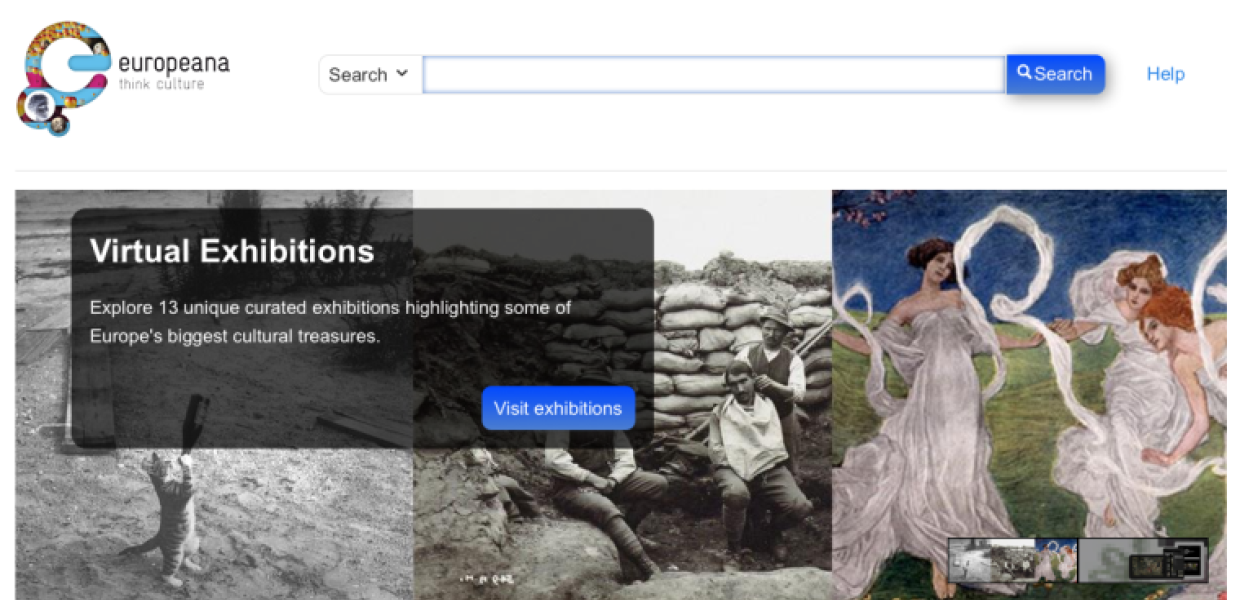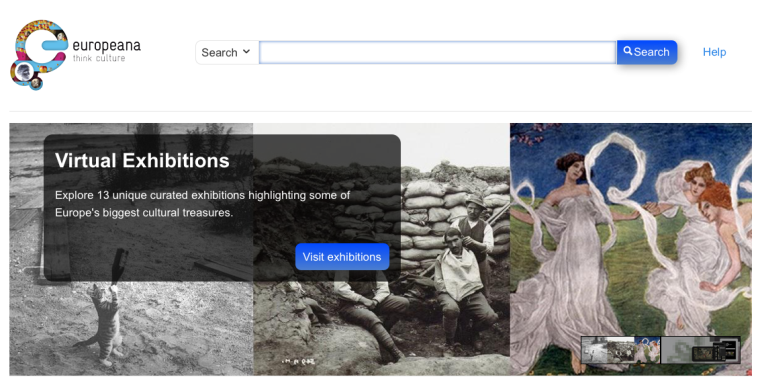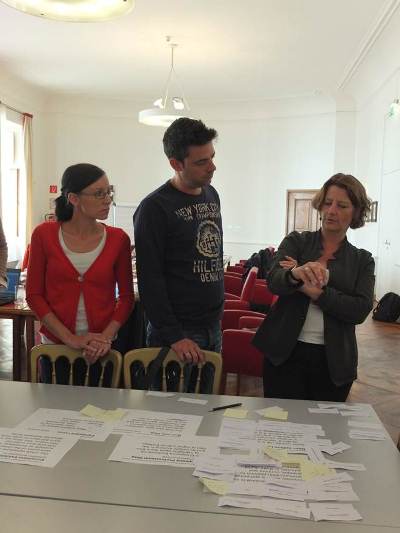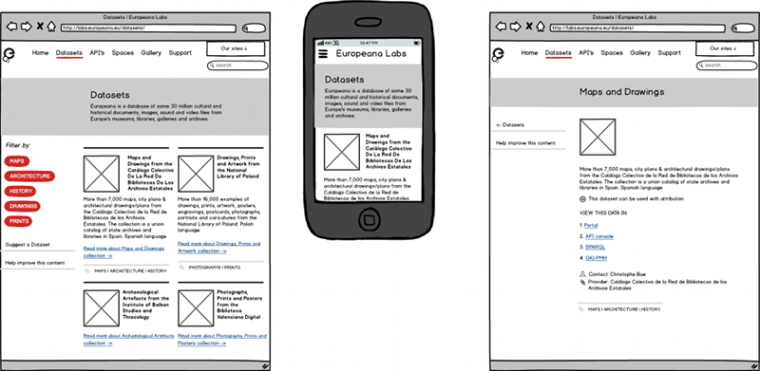Europeana Foundation – Digital Objects and Tools to Remix and Use Your Cultural Heritage

The Europeana Foundation is the governing body of the Europeana service. It is set up for the purpose of fostering collaboration between museums, archives, libraries and audiovisual collections in Europe. We asked Pavel Kats, Development Manager at Europeana, a couple of questions. Continue reading to find out how tango and Europeana Creative are related.
What is the role of the Europeana Foundation and what is its role in the Europeana Creative project?
There are many ways to describe Europeana and a currently popular coinage in our office is that of a “catalyst of change” in the cultural heritage sector. We like to think of ourselves as a place where novel digital technologies are put to the service of the cultural heritage sector; where European cultural riches are published and accessed in contemporary ways – where the digital future meets the cultural past.

One of the sections of the Europeana homepage.
Our role in the Europeana Creative project is to leverage our aggregation network and technical platform to explore new ways of disseminating and re-using cultural heritage content. With the help of our partners who have expertise in web design, software development, semantic technologies, outreach into creative communities, licencing policies and related areas, we will explore these new ways. It will complement our platform, built over the recent years, with products, technologies, legal frameworks and business models to become relevant in the new content economy of the 21st century.
How does your work in Europeana Creative fit in with the overall strategy of the Europeana Foundation?
Europeana’s overall strategy is very much about what we do with the content after we aggregate it. In this sense, the Europeana Creative project is the first real opportunity to explore how we can really engage European citizens in seeing, watching, hearing and reading it. We believe creative industries to have the multiplier potential for us – if we succeed in serving them right, we can reach many more eyes and hearts than by addressing end users directly. Therefore, the project is perfectly in line with our strategy.

Card-sorting session with the Europeana team and other Europeana Creative partners (CC BY-SA Europeana Creative).
Additionally, we believe that the connection with creative industries should be a two-way street. People working in these industries – designers, programmers, artists – can help us in many ways. Our goal in the project is to go the extra mile to understand what Europeana can give them, but also to allow them to take it themselves, because at the end of the day, European cultural heritage belongs to the citizens. By opening up data of the memory institutions, advocating for clear licencing, and developing an open source aggregation and dissemination platform, we are offering a complete toolset for the re-use of cultural content. Encouraging professionals to apply and improve this toolset is a goal of the project and of Europeana in general. Establishing and improving our dialogue with the creative communities is also a major part of Europeana’s overall strategy.
Europeana Labs, when will they be live and what services will they offer?
Europeana Labs is our first concrete offering to professionals in creative industries – in essence, the toolset mentioned above. It is an online one-stop destination that features our content and technical means to access it in a very clear way. We assume no previous knowledge of complex data models, technologies or IP rights intricacies – just come as you are and grab content that you like that is allowed for re-use. And apply the Europeana API to integrate it into your work. Therefore, the Europeana API and everything around it – clear documentation, use cases, tips and tricks – is a major ingredient of Europeana Labs. At a later stage, we will explore how we can add physical aspects of supporting and incubating ideas. But now our priority is to release the first public beta version of the website that will go live in March.

Wireframes for the internal alpha version of the Europeana Labs platform, currently under development by Europeana (CC BY-SA Europeana Creative).
Have you encountered challenges in the project so far and are there any other challenges you anticipate?
Well, we are just through a third of the project, so it is better to speak of future challenges. There are a lot of them, as we are entering a new terrain unknown to us, where standards are already set very high. High quality media content is abundant today and the API economy is thriving – this leads to high expectations from anything new on the API market. To succeed, we should work with partners on both sides (i.e., memory institutions and creative and commercial partners) and do a lot of advocacy work. On the one hand, we need to convince memory institutions that it is worth opening up quality content to increase the public’s engagement. On the other hand, we must show creative industries and commercial partners the potential of working with the cultural heritage sector. It takes two to tango and our main challenge in Europeana Creative is arranging this tango party, while making sure that we ourselves – as a DJ if you wish – facilitate this encounter at the highest standard.
